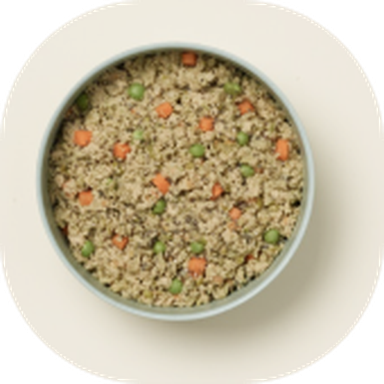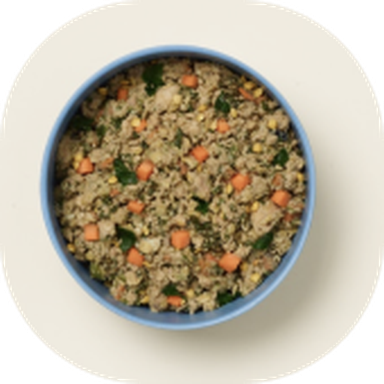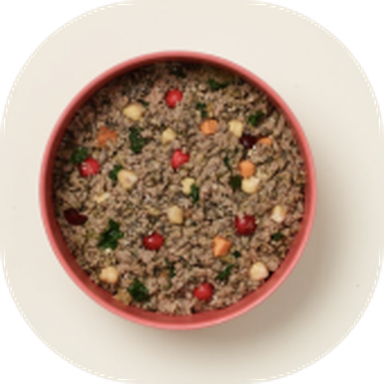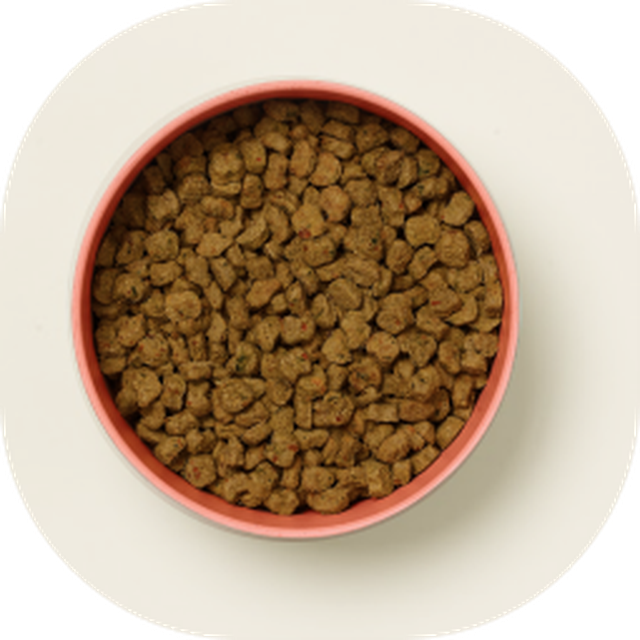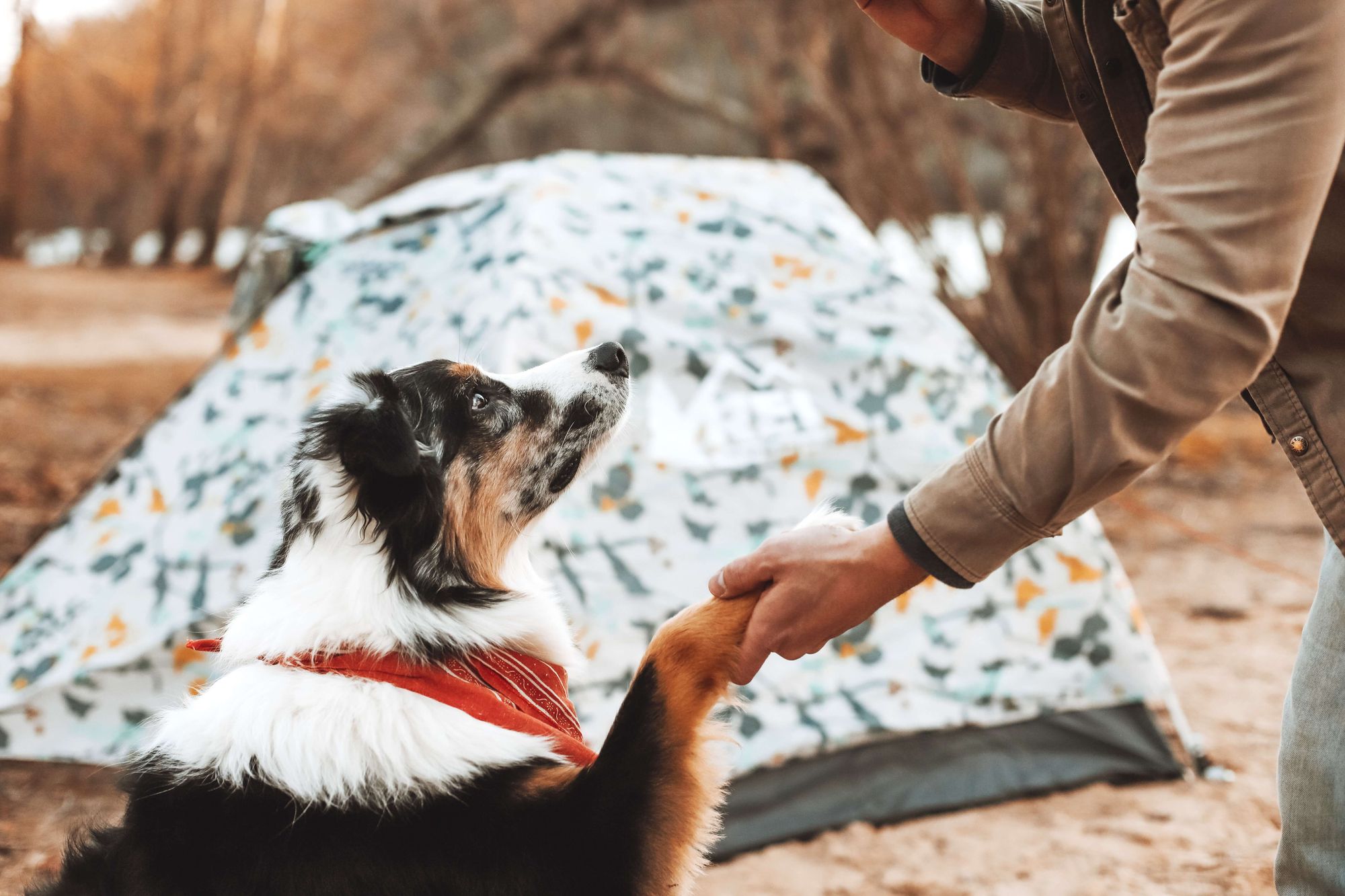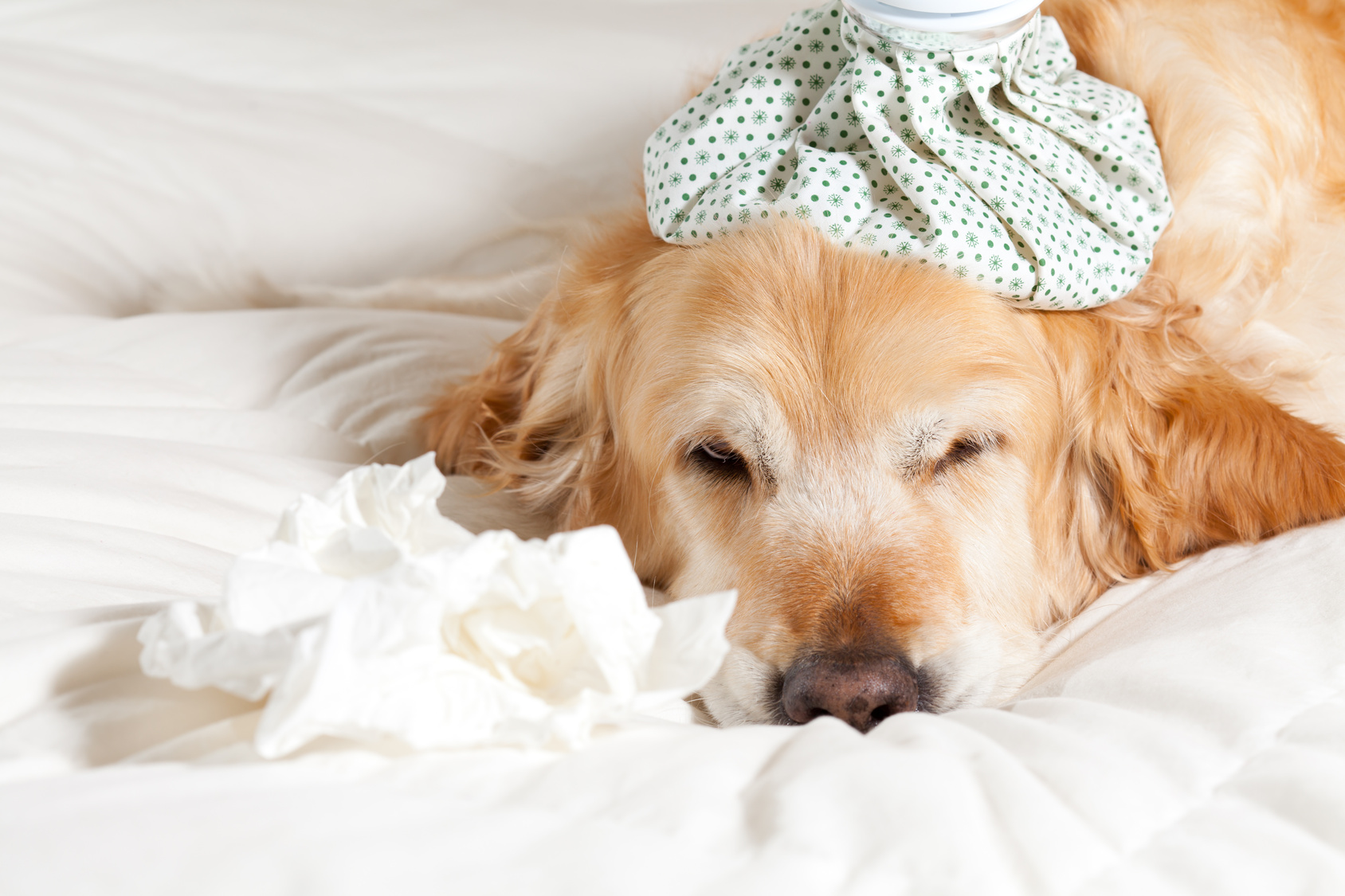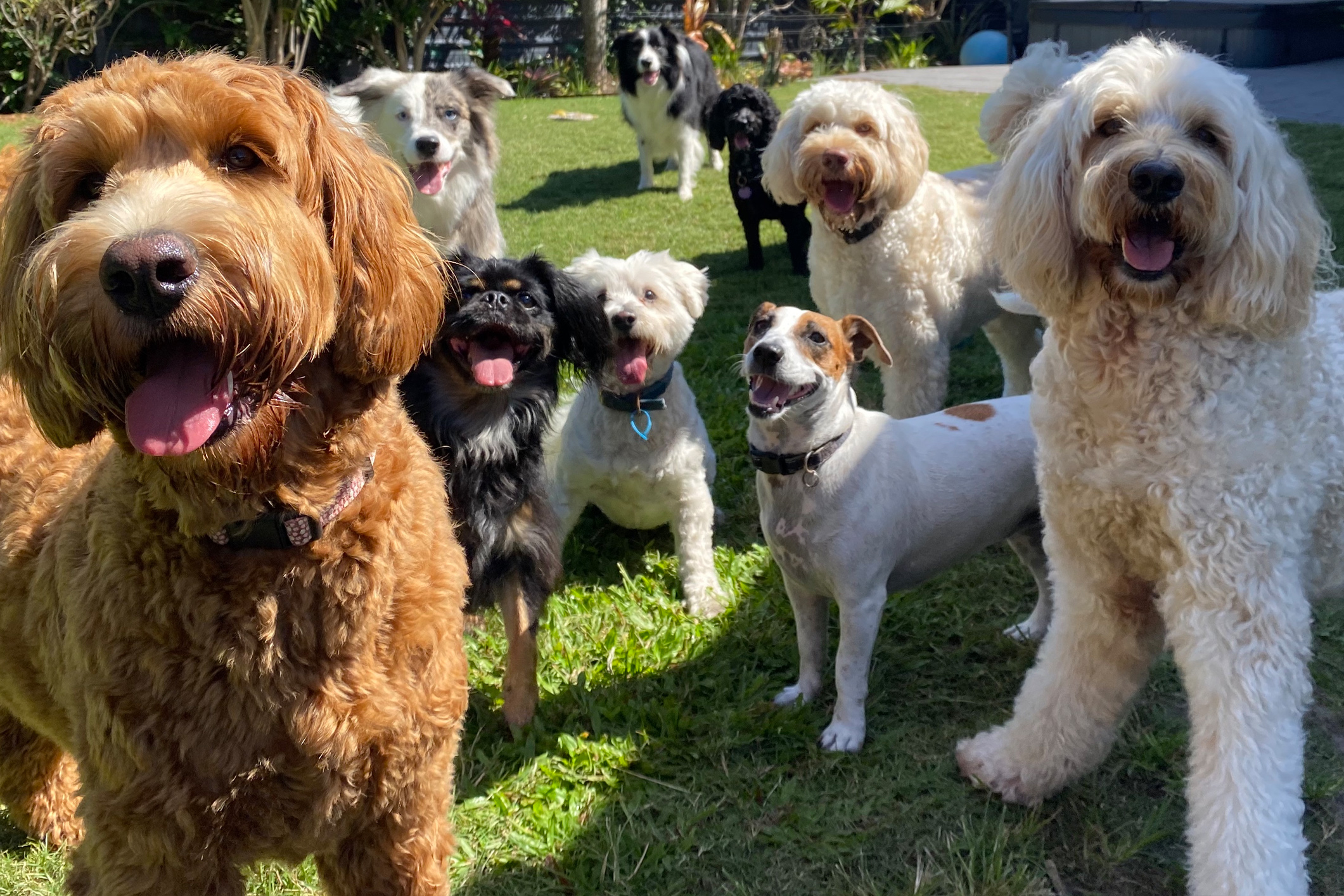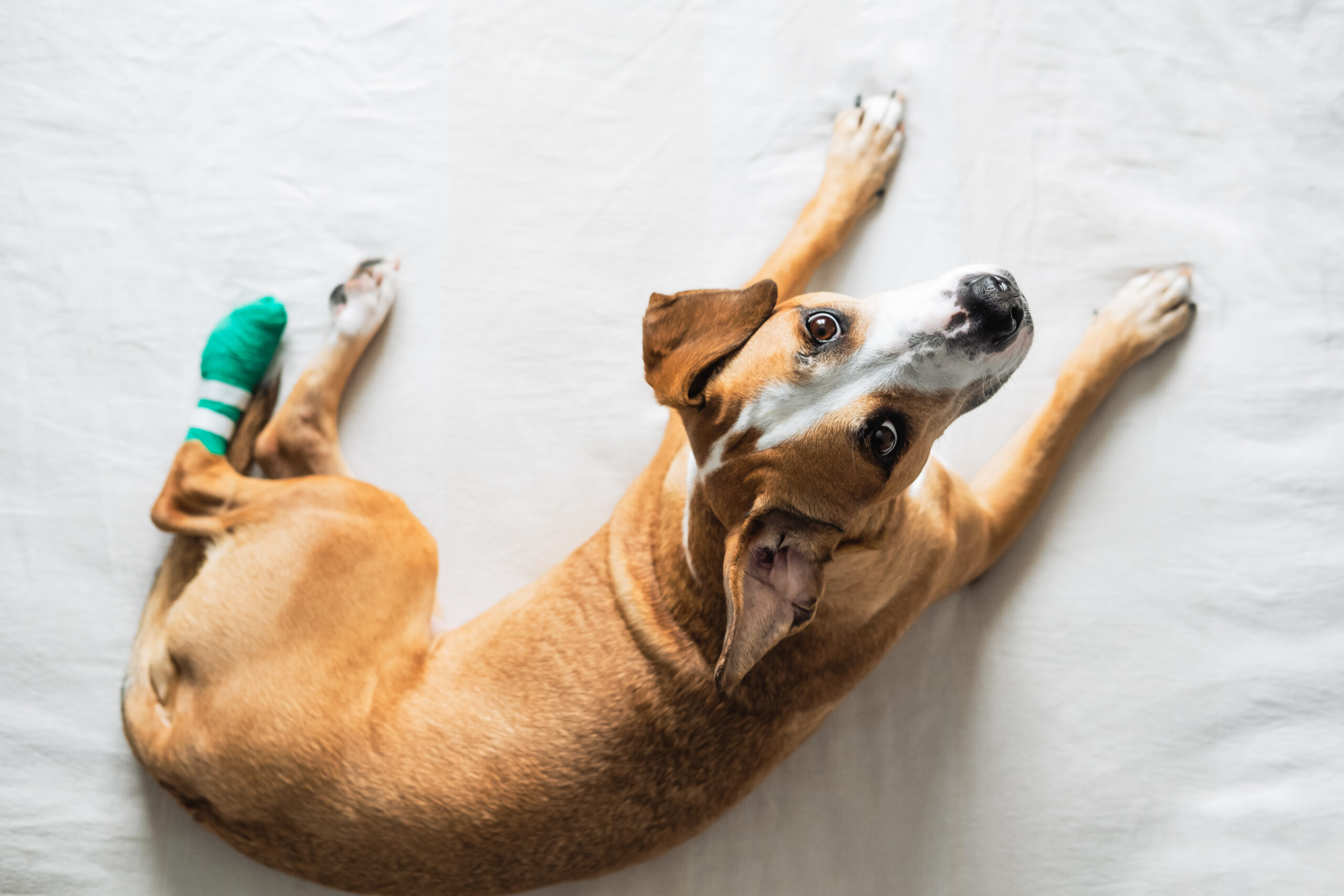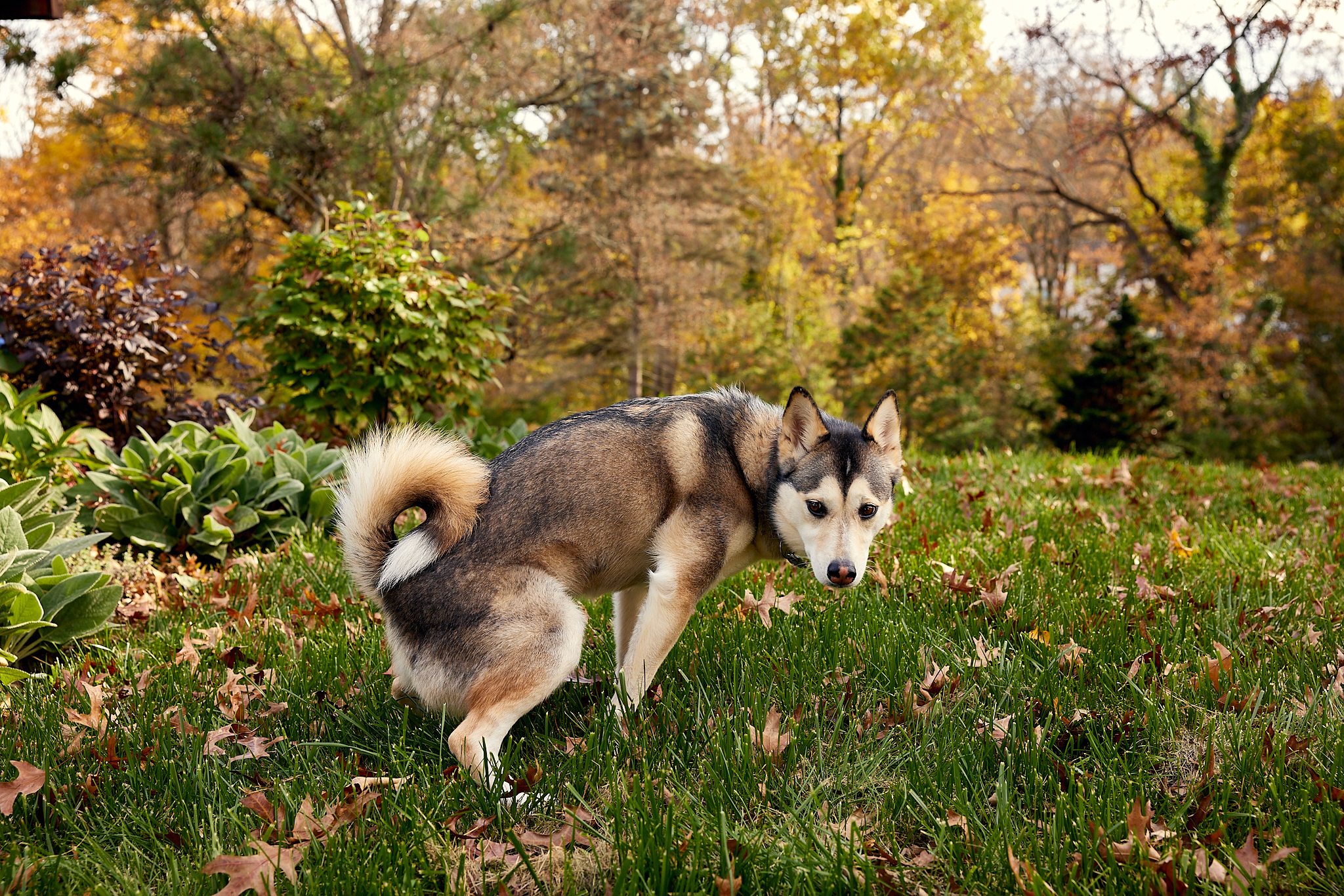Hey Ollie blog readers! We’re offering you an exclusive 60% OFF your starter box! Try now!
Pups may not have the same sense of embarrassment as humans when it comes to something like dandruff, but that doesn’t mean we should ignore it. Beyond the not-so-attractive flakes, scaly skin can be a sign of something more serious, health-wise. We talked to Jeanne Budgin, DVM, a specialist at Riverdale Veterinary Dermatology, who filled us in on why pups get dandruff and what you can do about it.
Figure out the source of the flakes
Turns out, there’s a lot more than dry skin that can cause dog dandruff: "There are no breeds that are more susceptible because there are so many causes,” says Dr. Budgin. According to her, it can be caused by bacterial infections (caused by allergies), nutritional imbalances, parasites (there’s a skin mite caused “walking dandruff”), and endocrine, glandular or immune-mediated disease. It can also be a consequence of low environmental humidity—in the same way our skin gets flaky when it’s cold outside.
Determine the right treatment
Consulting your veterinarian to determine the cause of the dandruff is your first step. He or she can help you figure out if you need to take more serious measures, like taking antibiotics to treat a bacterial infection—or investing in a humidifier if it’s a dry environment is the cause. There are also “shampoos and sprays available containing ingredients such as ceramides and phytosphingosine that may improve the skin barrier function and improve the signs of dryness,” advises Dr. Budgin.
Address your pup’s diet
Dogs are what they eat—just like us—and it’s reflected in the quality of their skin and coat. So make sure your pup is getting the proper amount of vitamins, minerals and fat through their food: Switching to a balanced, high-quality diet can make a difference when it comes to dandruff. Dr. Budgin also recommends “supplementing fatty acids, often in the form of fish oil, may also improve the condition.” And make sure your pup is sufficiently hydrated!
Get their groom on
Daily brushing can help with dandruff because it keeps their fur smooth and shiny by distributing the coat’s natural oils. Regular baths can help, too, especially if you’re using moisturizing shampoos and conditioners—those containing oats and aloe vera are especially soothing (no Head & Shoulders!) Rinsing your pup after with a mixture of lime juice and water can also help protect their skin from dandruff-causing infections.
The Ollie blog is devoted to helping pet parents lead healthier lives with their pups. If you want to learn more about our fresh, human-grade food, check out MyOllie.com.
Tagged As:

The nutrition your dog needs,
the food they want.

Enjoying our articles? Subscribe our Newsletters and get new articles directly to your inbox
You might also like
9 September 2024
3 MINS READ
How to Choose the Right Dog Daycare
When it comes to finding the best dog daycare, it can be hard to know where to start. Read on for tips on what to look for, ask about, and keep in mind during your search.
by Ollie Pets
26 April 2024
4 MINS READ
How Often Should I Take My Dog To The Vet?
Routine veterinary care is important for your dog’s overall health—but how often should your pup visit the vet? We answer this question and outline common health signs that warrant a veterinary…
by Ollie Pets
28 February 2024
6 MINS READ
Why Do Dogs Eat Poop & How to Stop It
Does your dog partake in poop? We get to the bottom of this unusual behavior, including its medical and behavioral causes, and how to address it.
by Ollie Pets

